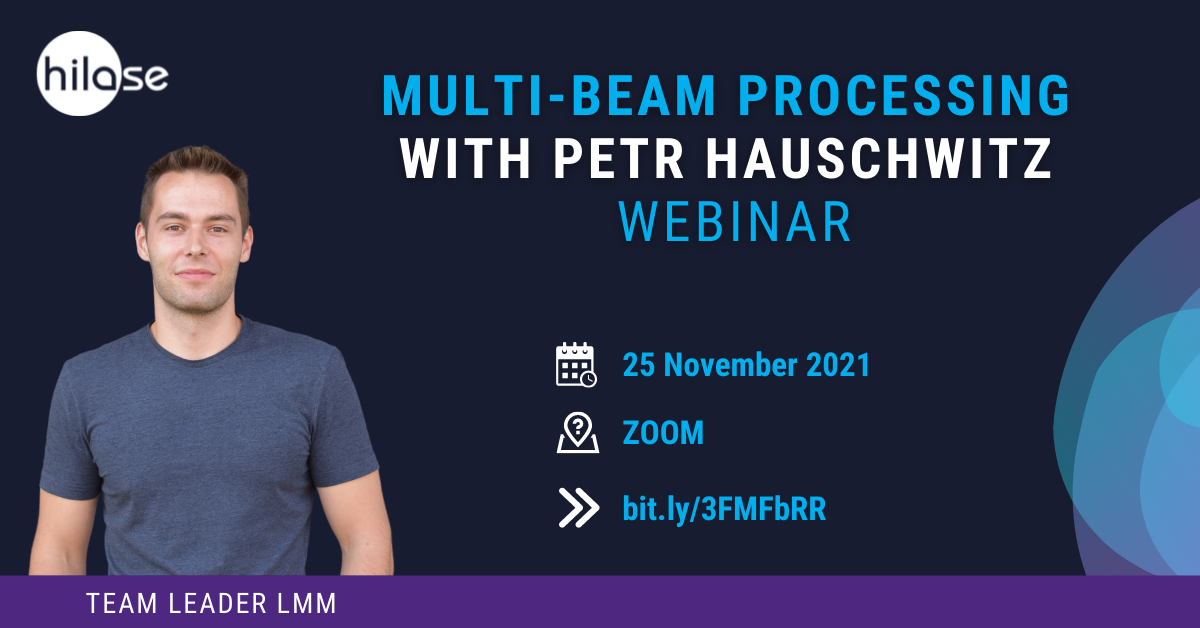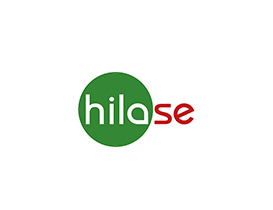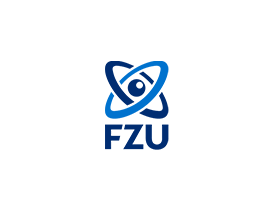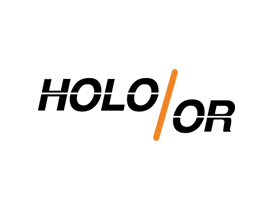Would you like to learn more about Multi-Beam Processing (MBP)?
Looking for answers to the following questions?
- What are the advantages of laser micromachining over conventional methods or chemical etching?
- What is MBP and what are the advantages compared to the standard single beam approach?
- Why would you need MBP?
- How can MBP help the industry and your business?
- What is so specific about laser micromachining at HiLASE?
- Would you like to get to know more about High-speed laser texturing – the DLITe multibeam concept developed in cooperation between Holo/Or and HiLASE Centre?
If so, the upcoming webinar with LMM team leader, Peter Hauschwitz and Holo/Or’s CTO and R&D manager, Natan Kaplan, is designed exactly for you.
WHEN: 25 November 2021, (3:00 – 4:00 PM CET)
WHERE: ZOOM
PRICE: FREE
LANGUAGE: EN
The LMM team headed by Peter Hauschwitz is also behind this year’s records.
- 40 401 beams in a laser multi-beam nanostructuring – record in multibeam laser nanostructuring, with respect to the number of laser beams simultaneously modifying the material surface. More…
- World record in the speed production of laser-induced periodic nanostructures on the stainless steel surface. More…
- High-speed laser texturing – the DLITe multibeam concept | Natan Kaplan | Holo/Or
Functional surfaces are surfaces whose properties have been engineered, often by the creation of ordered topographic features such as Laser Induced periodic surface structures (LIPSS). Such surfaces are highly interesting due to various ecological, economic and engineering benefits they possess, by having properties such a hydrophobicity, reduced or increased friction, anti-bacterial activity, chemical reaction enhancement, and other application-enhancing properties. One of the main challenges in the production of such surfaces by laser ablation is the slow rates of texturing that are achievable using typical methods such as point-by-point scanning. Some methods such as Direct Laser interference patterning (DLIP) have bypassed these limits by simultaneously patterning an area and only stitching between such areas, but these methods often require off-axis, non-standard and cylindrical optics that are not commonly used in the high power laser industry. In my talk, I will present Holo/Or’s DLITe area texturing method, developed in cooperation with HiLase center, that enables texturing of large areas with a single pulse and without any special anamorphic or off-axis optics. The method utilized a single DOE, a high pulse energy laser (such as the PERLA 100), and a standard focusing optic (F-theta), to achieve rates of more than 0.06m2/ min per laser.











